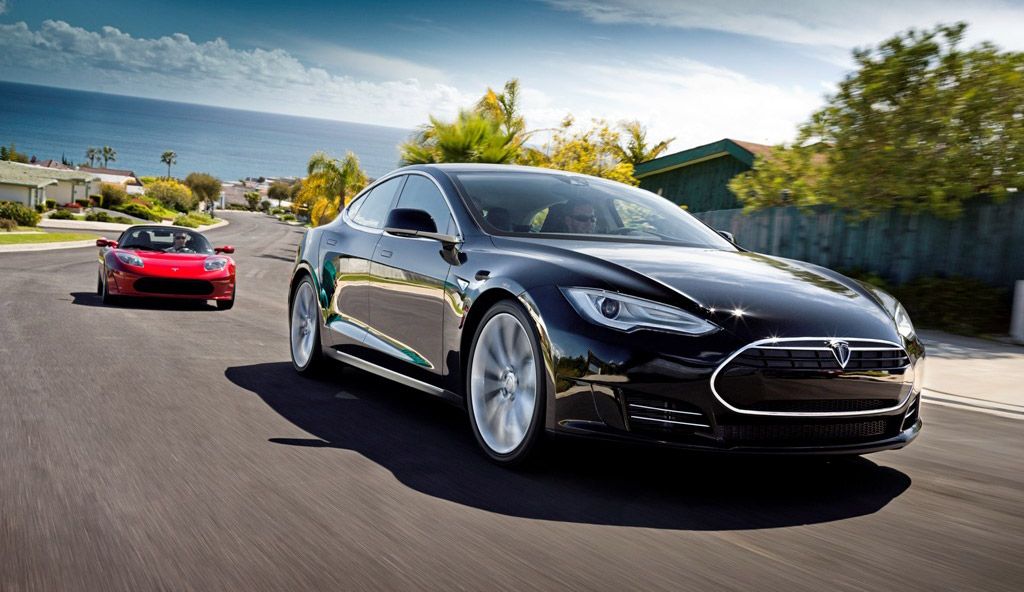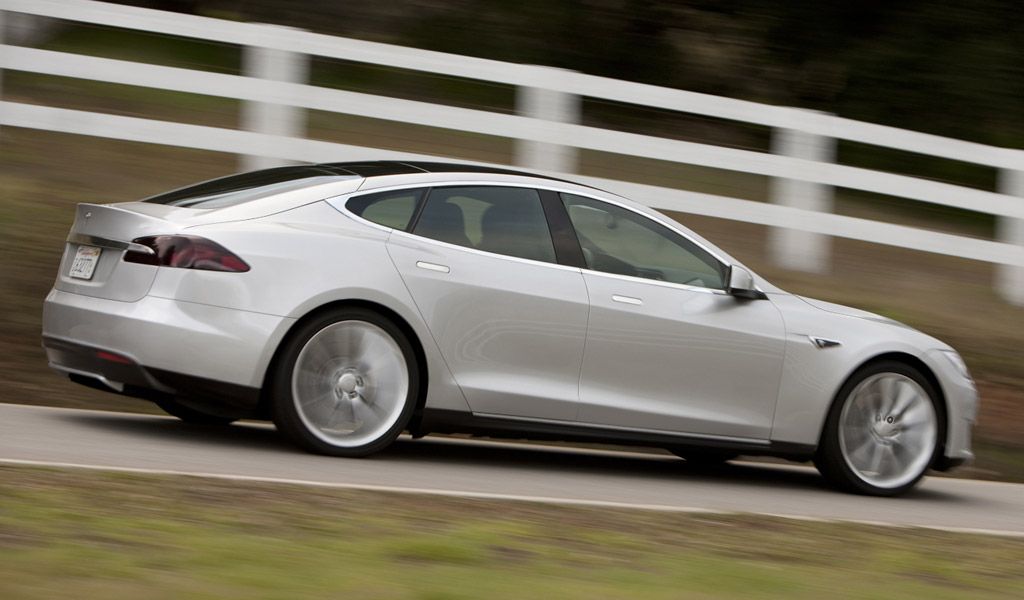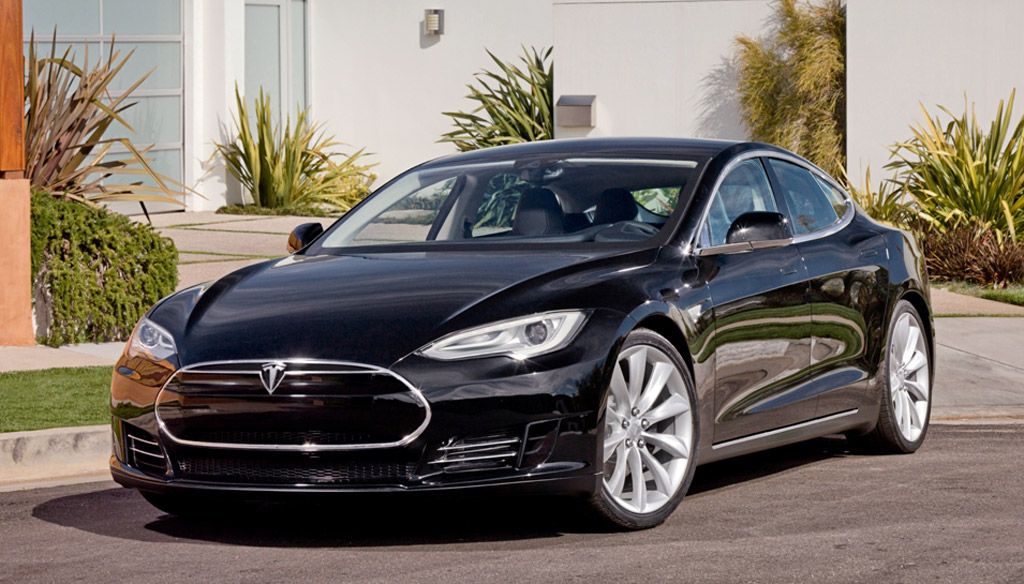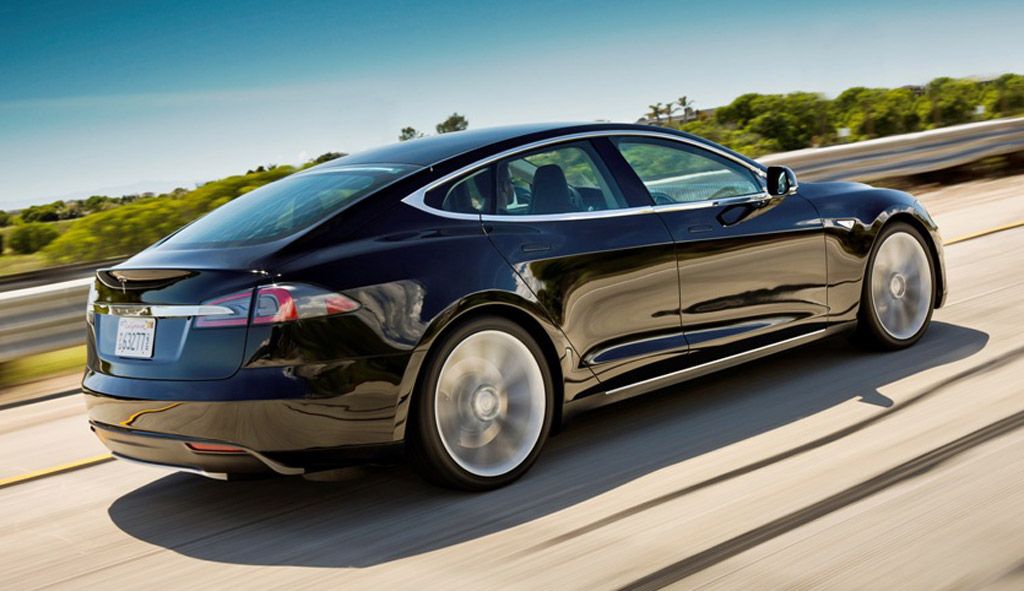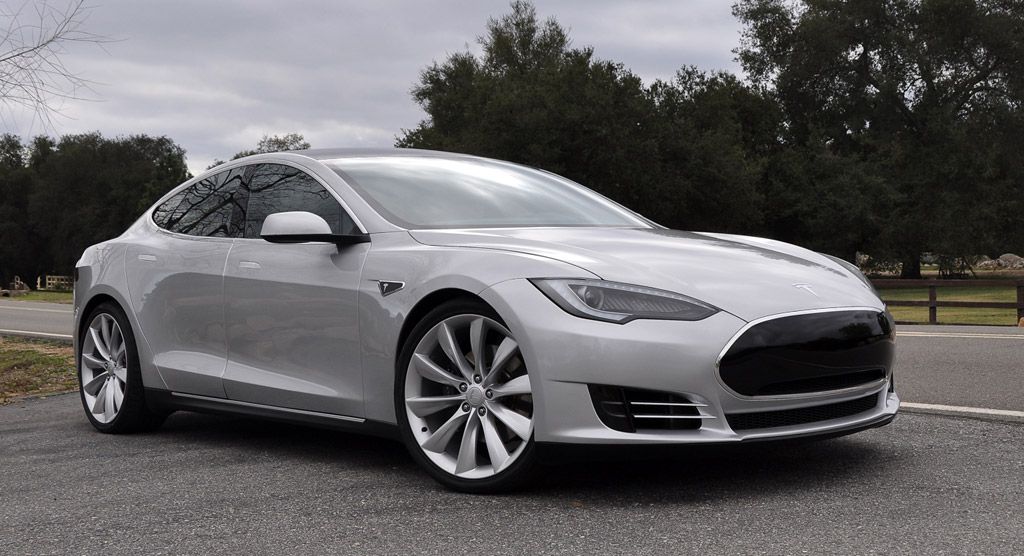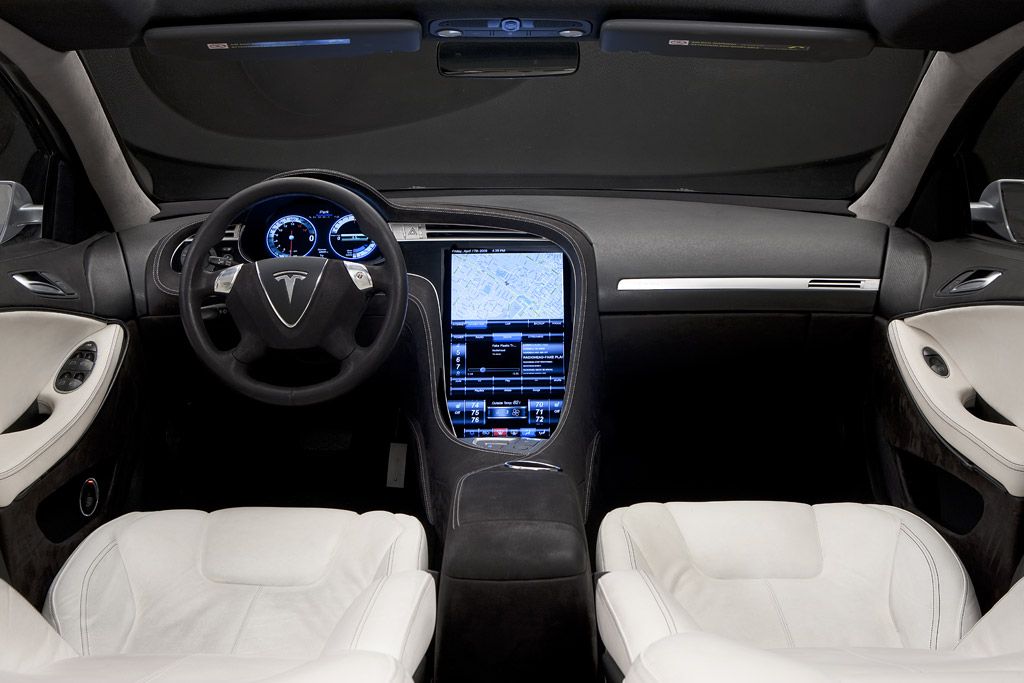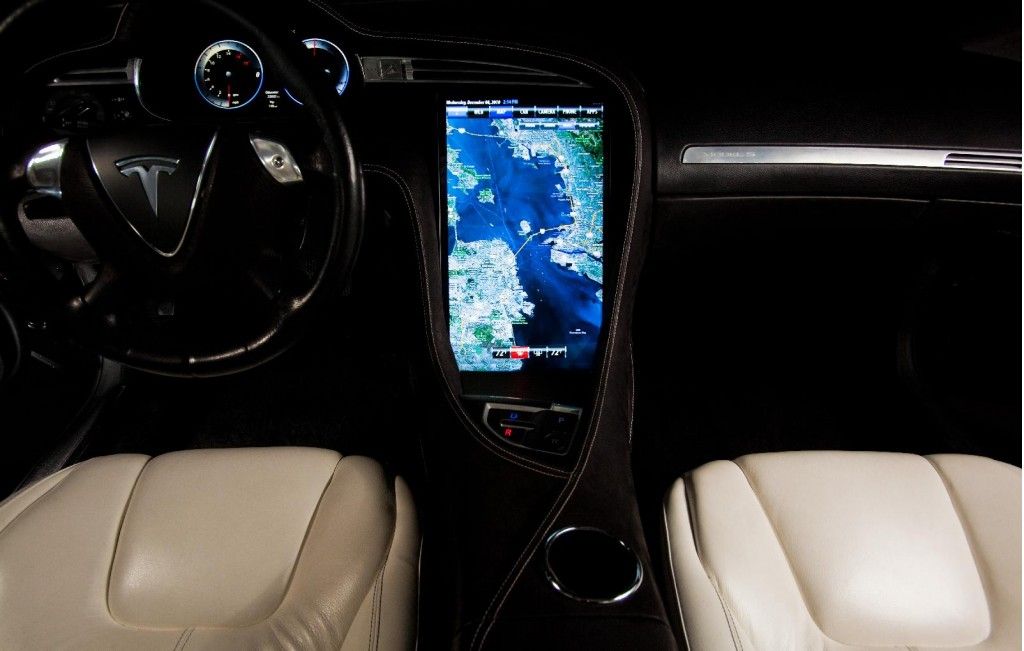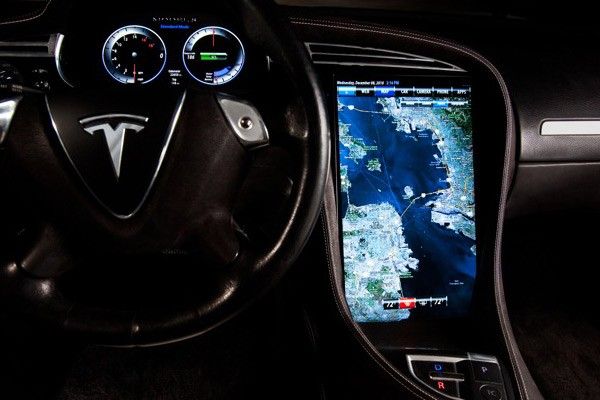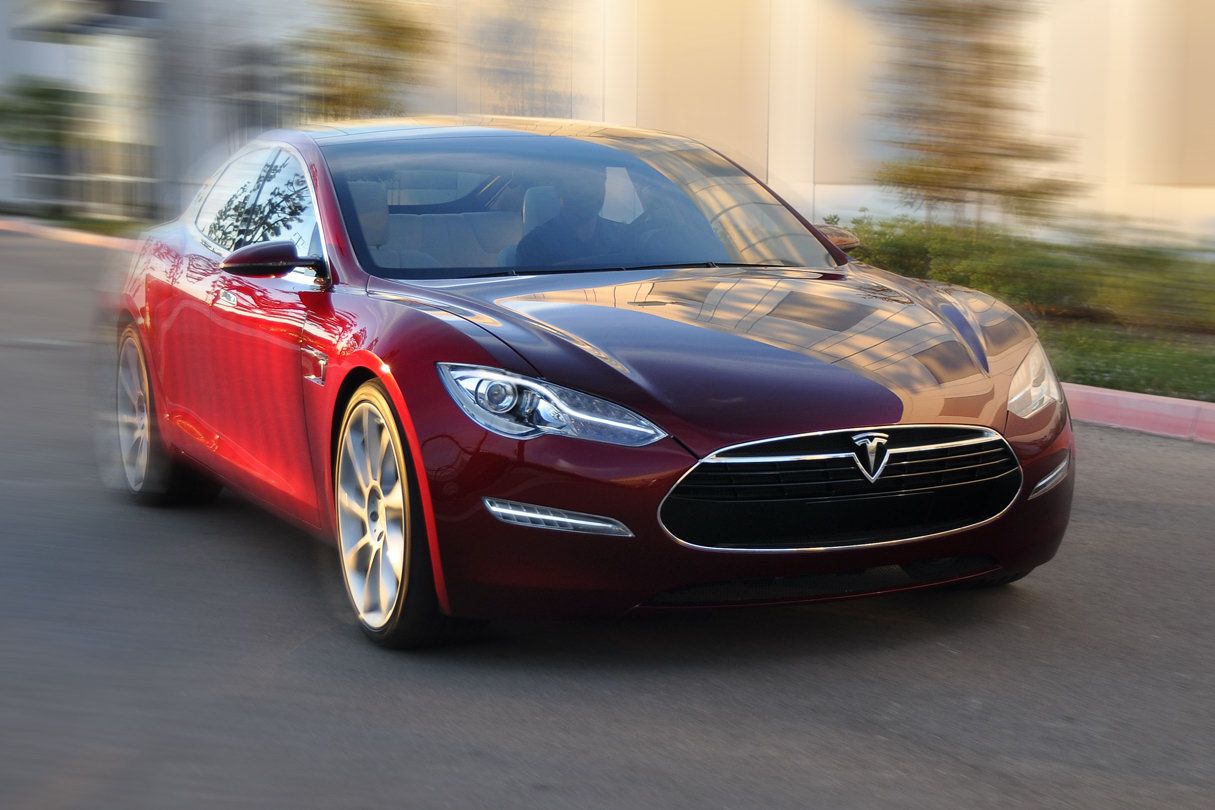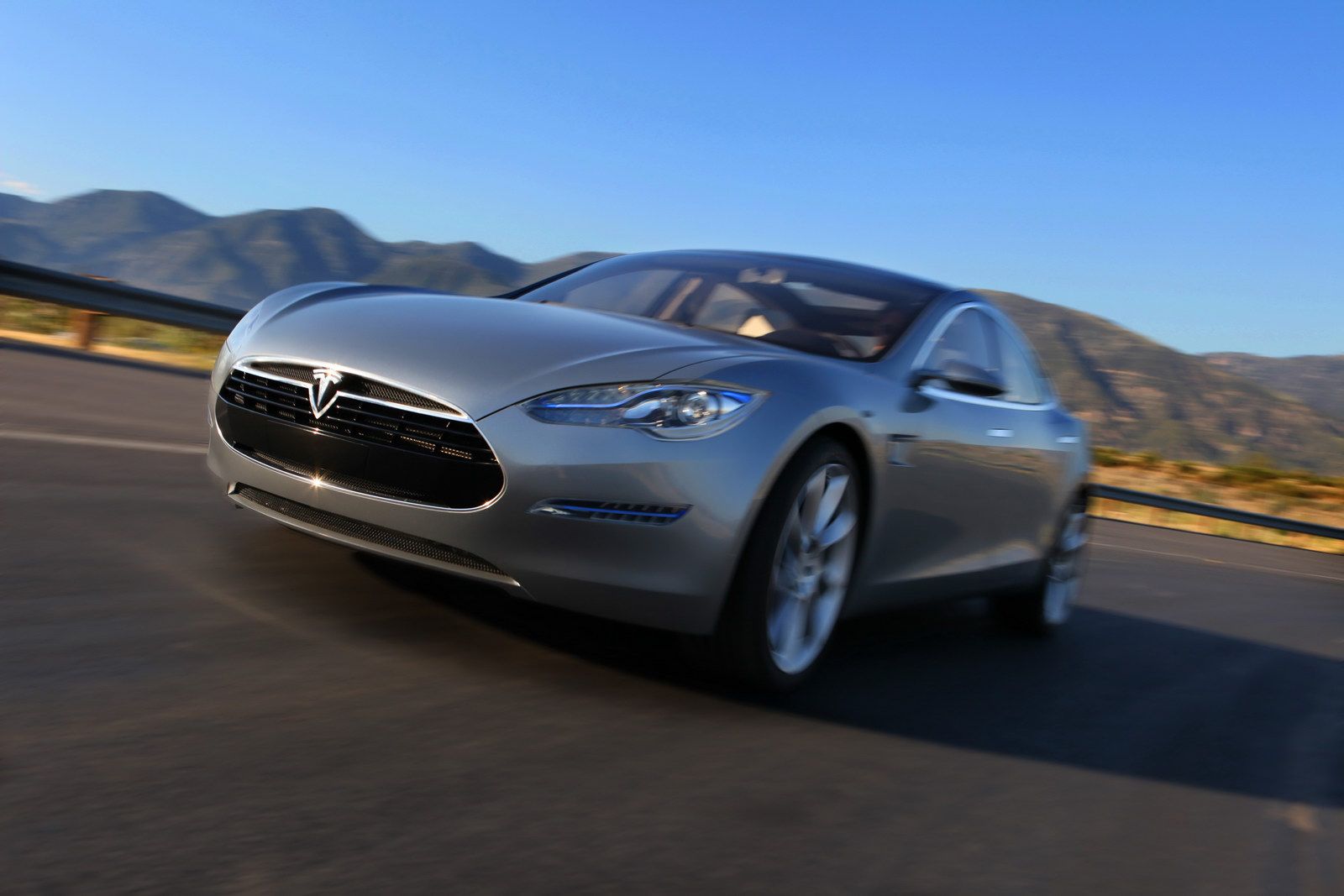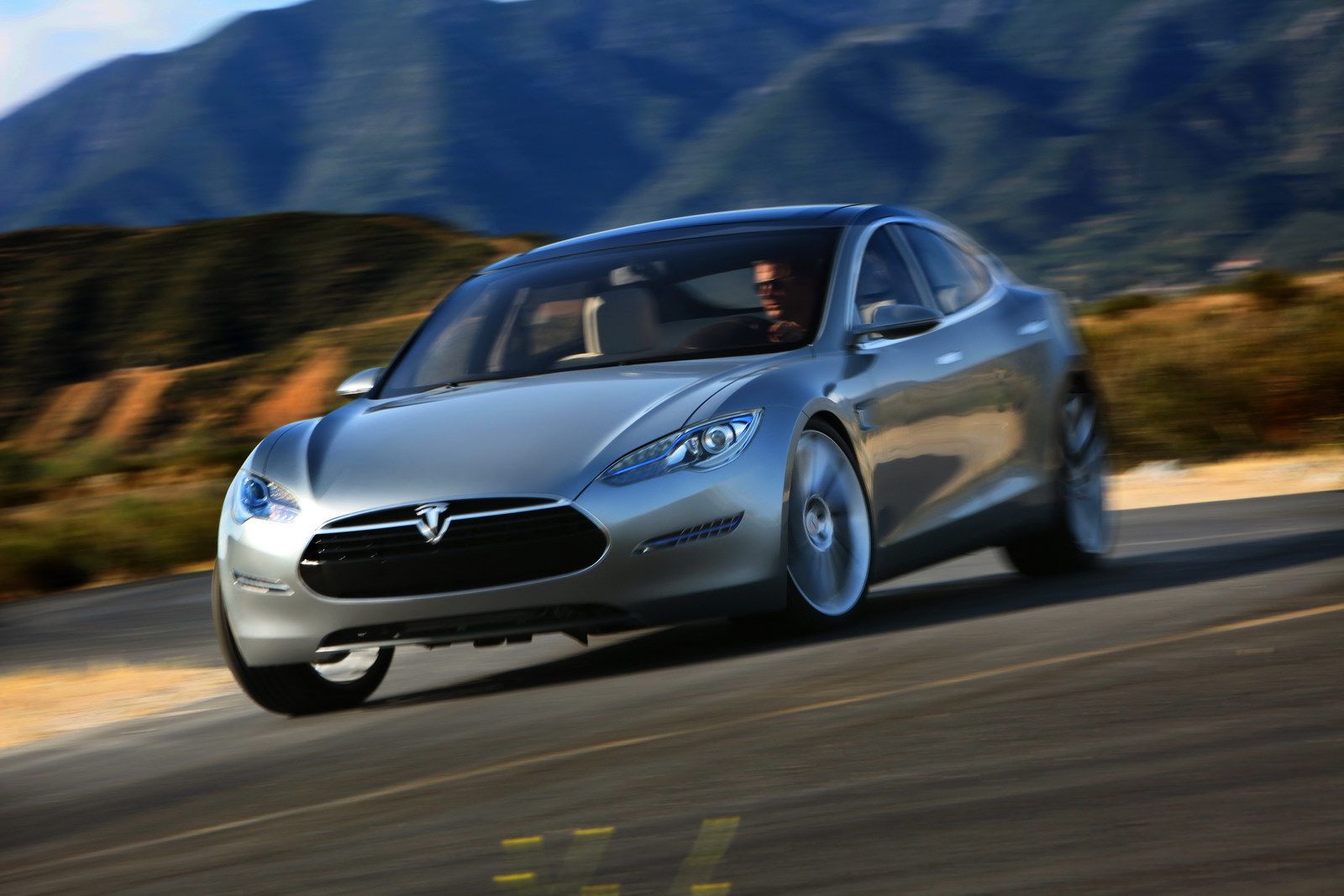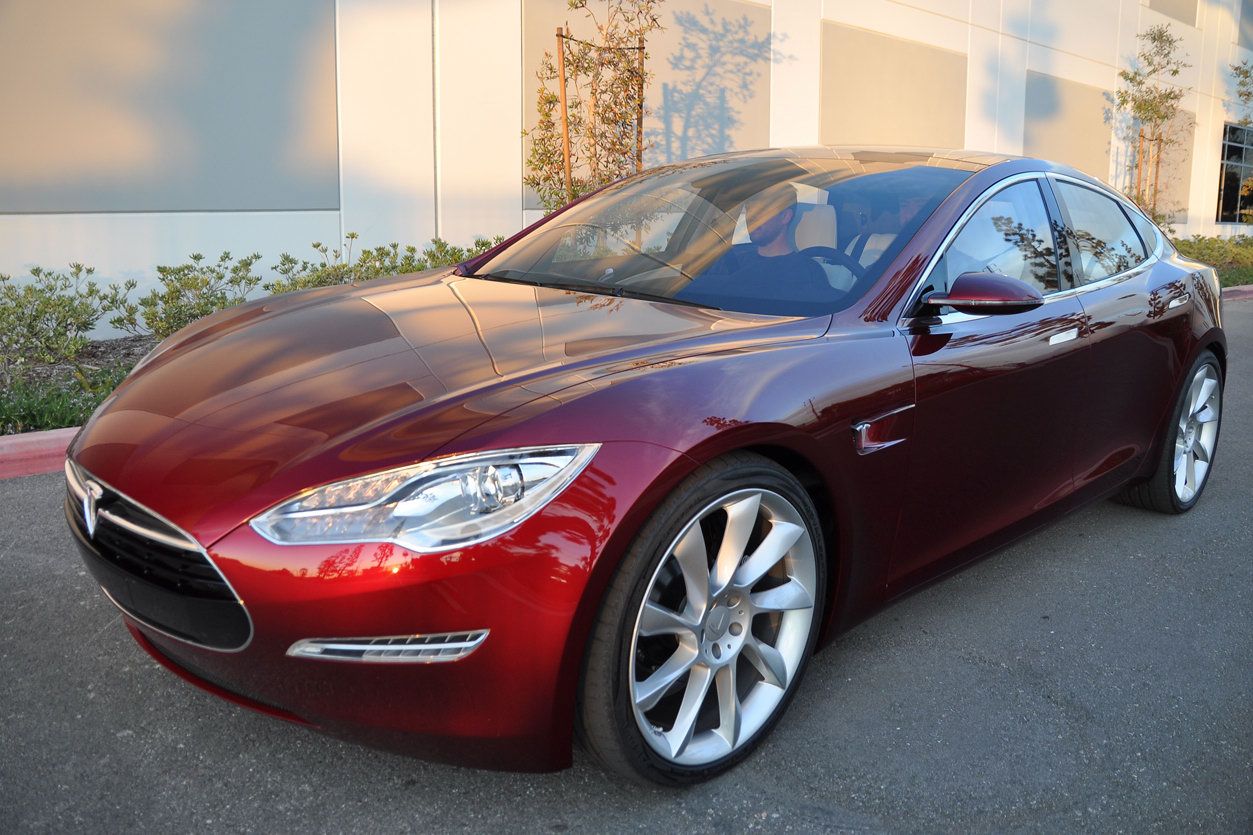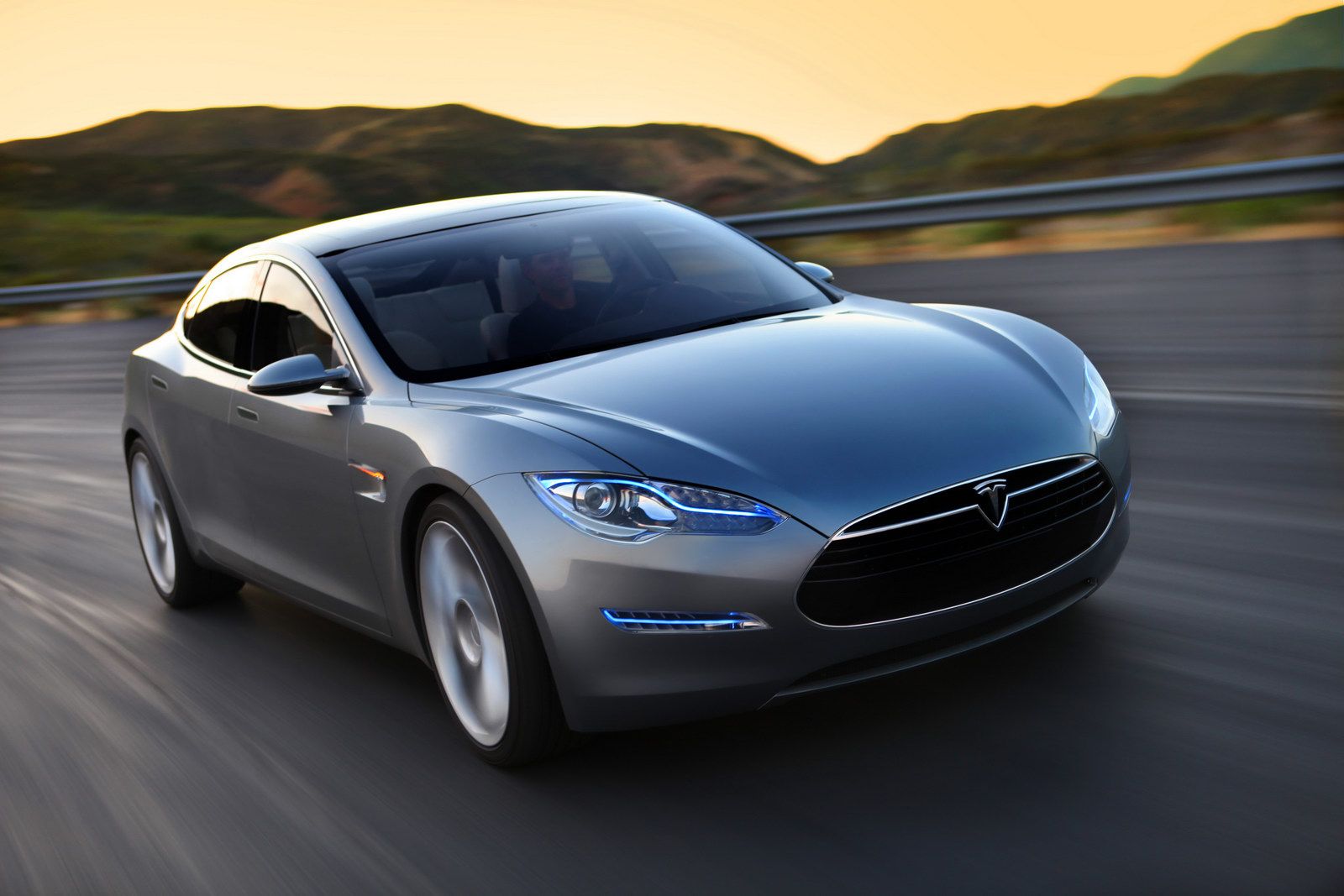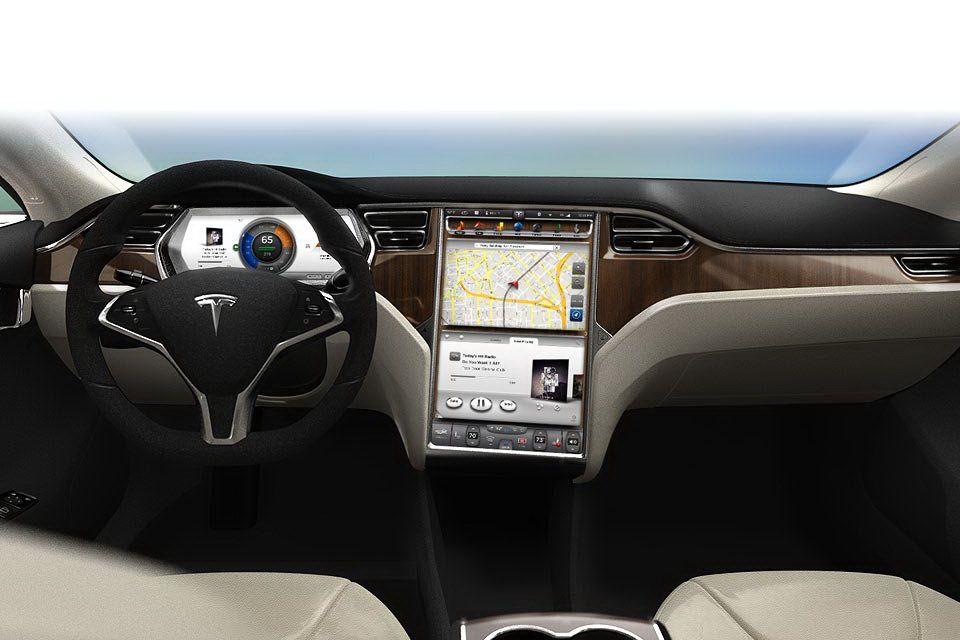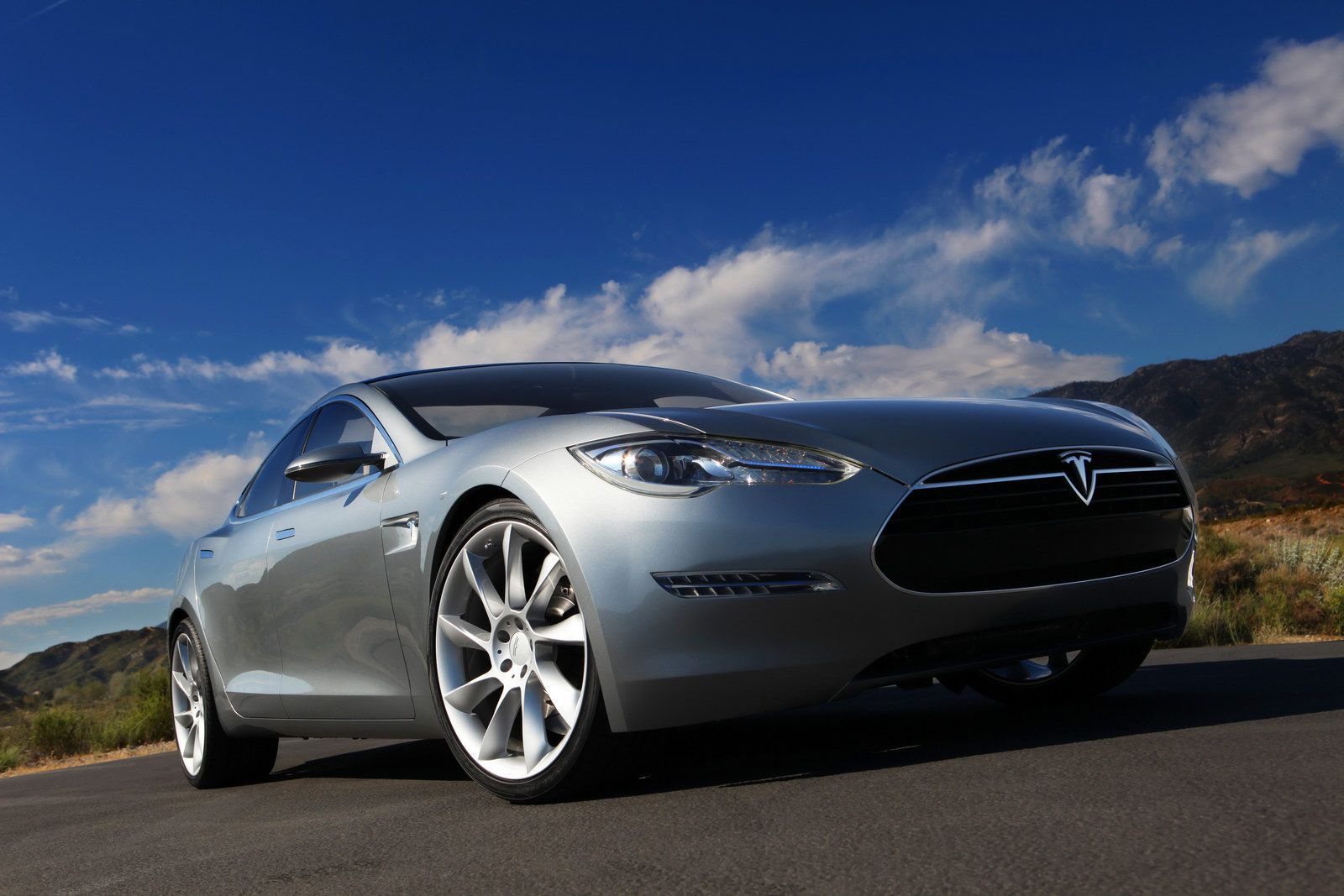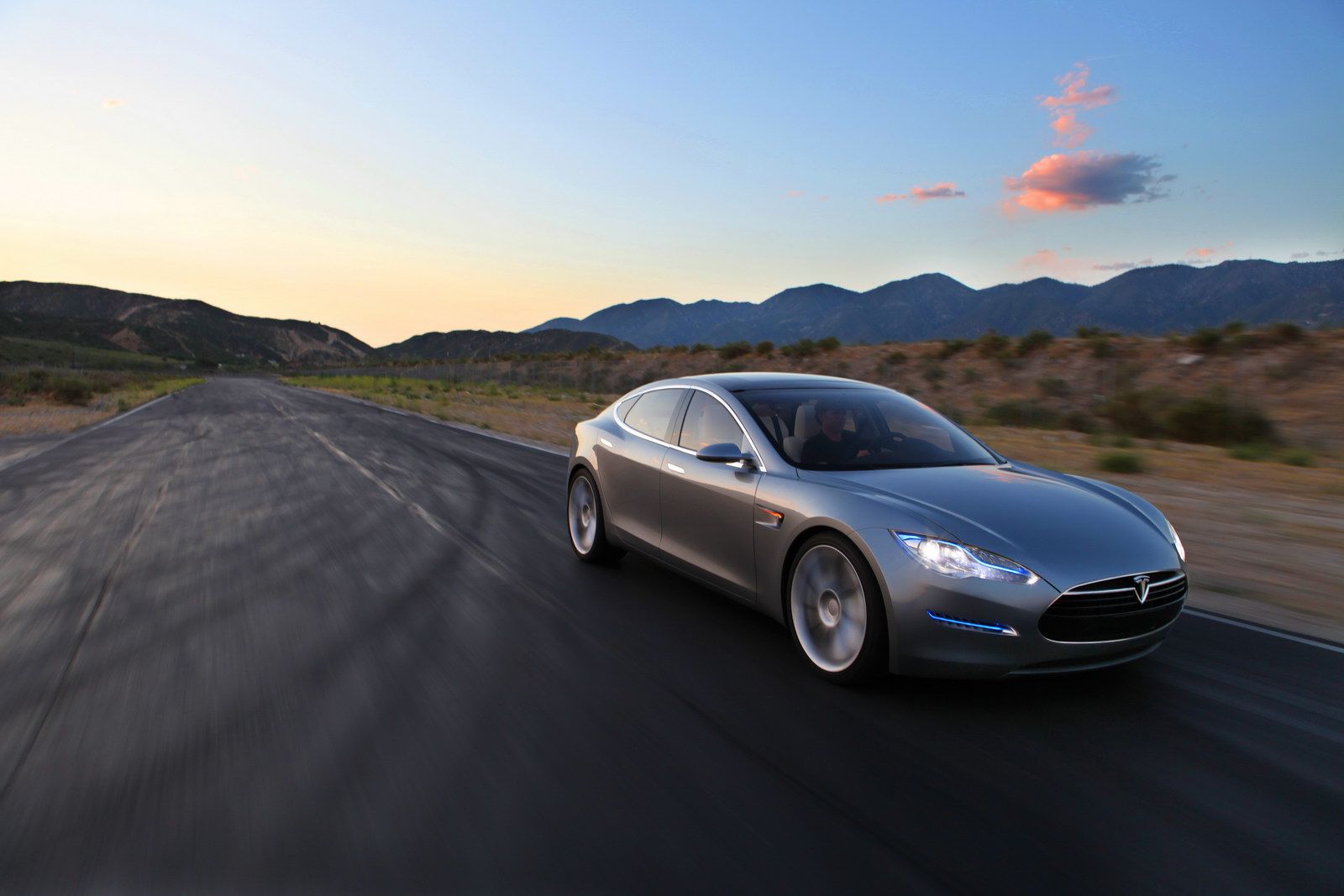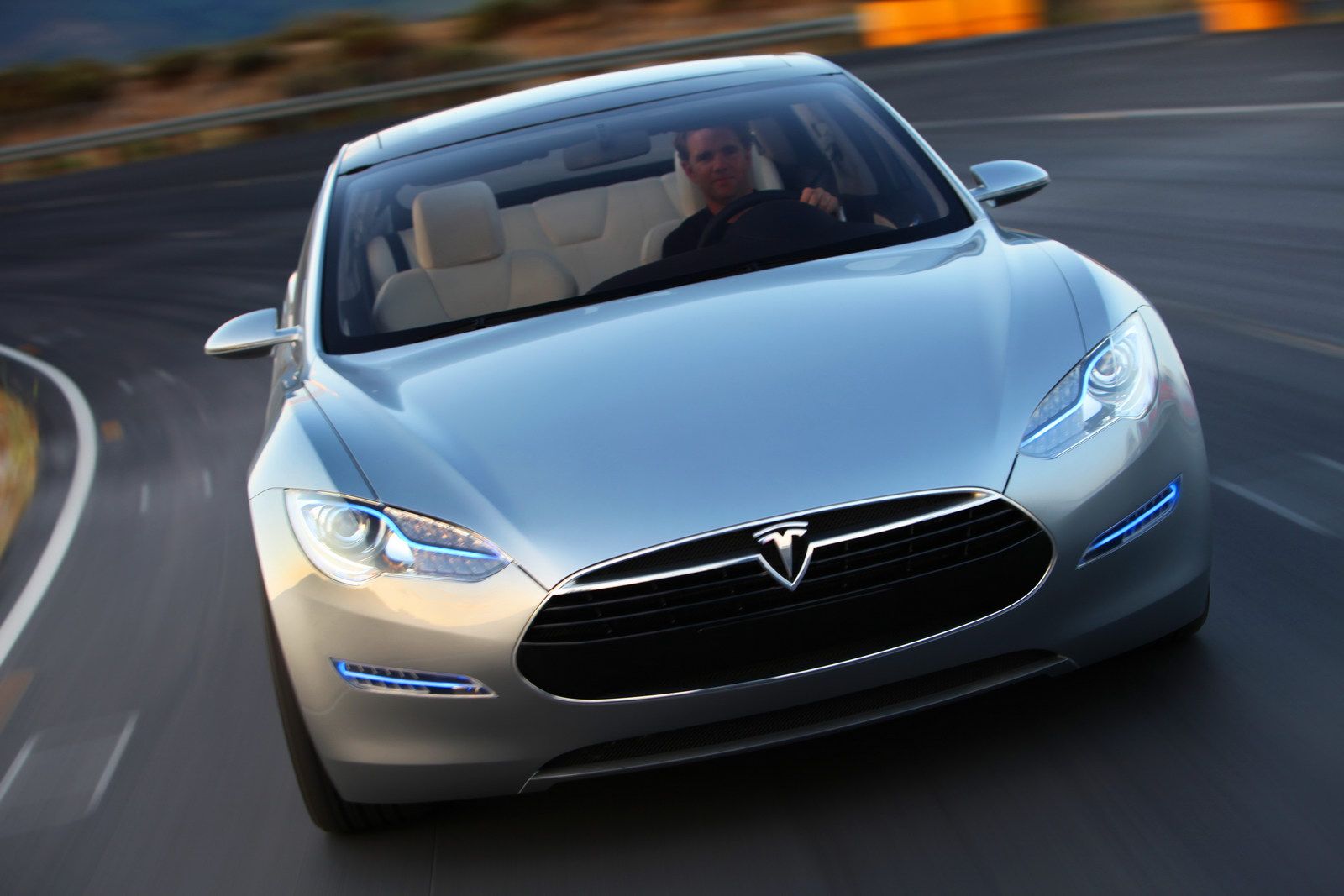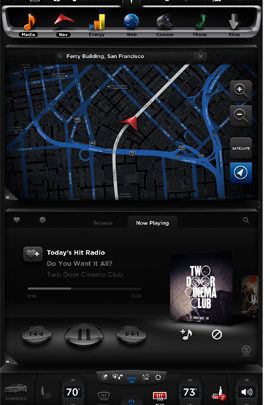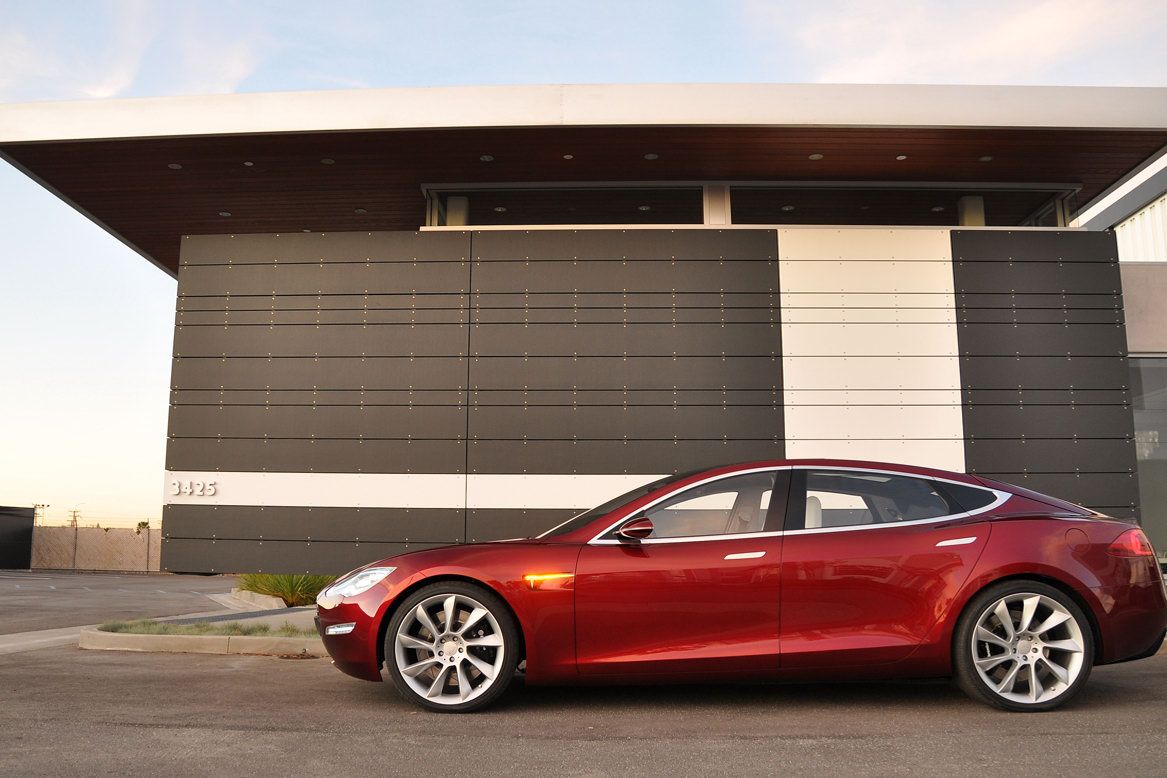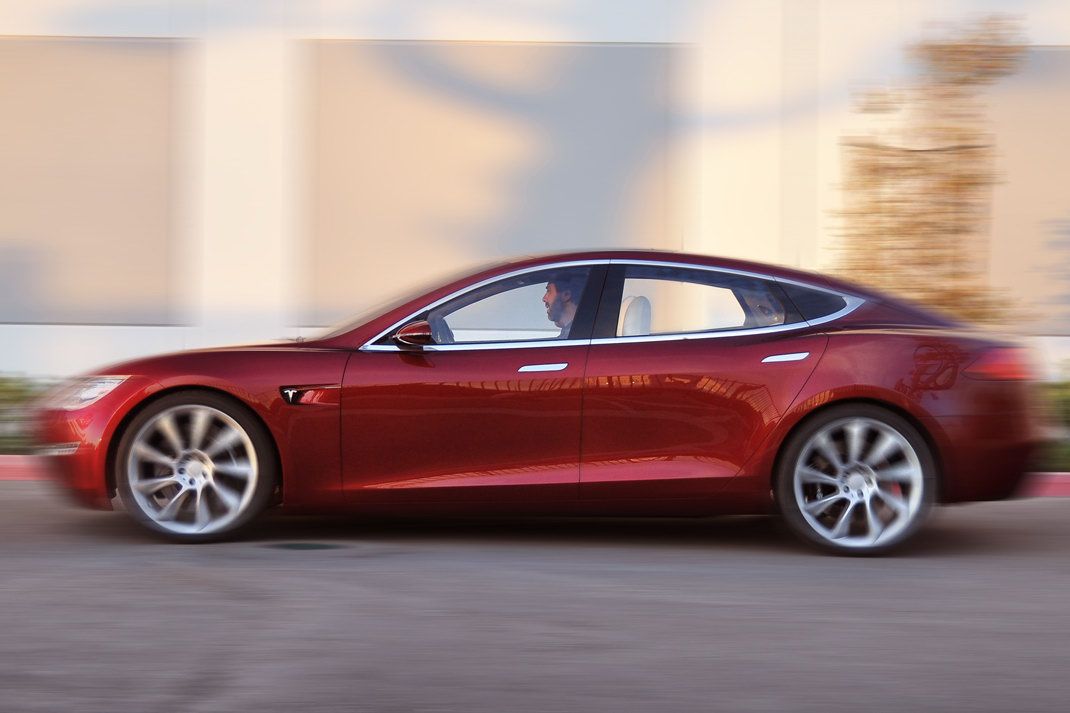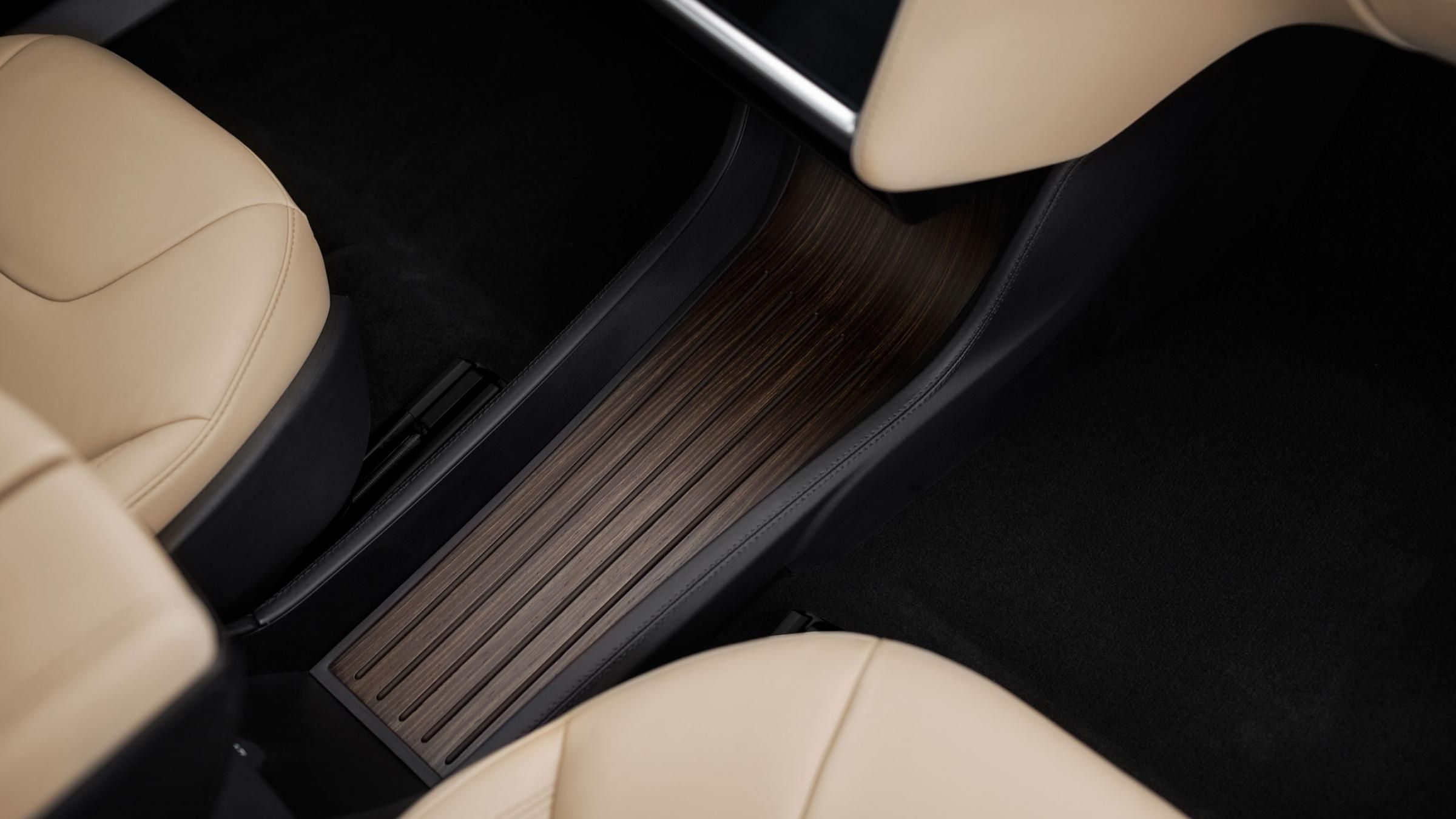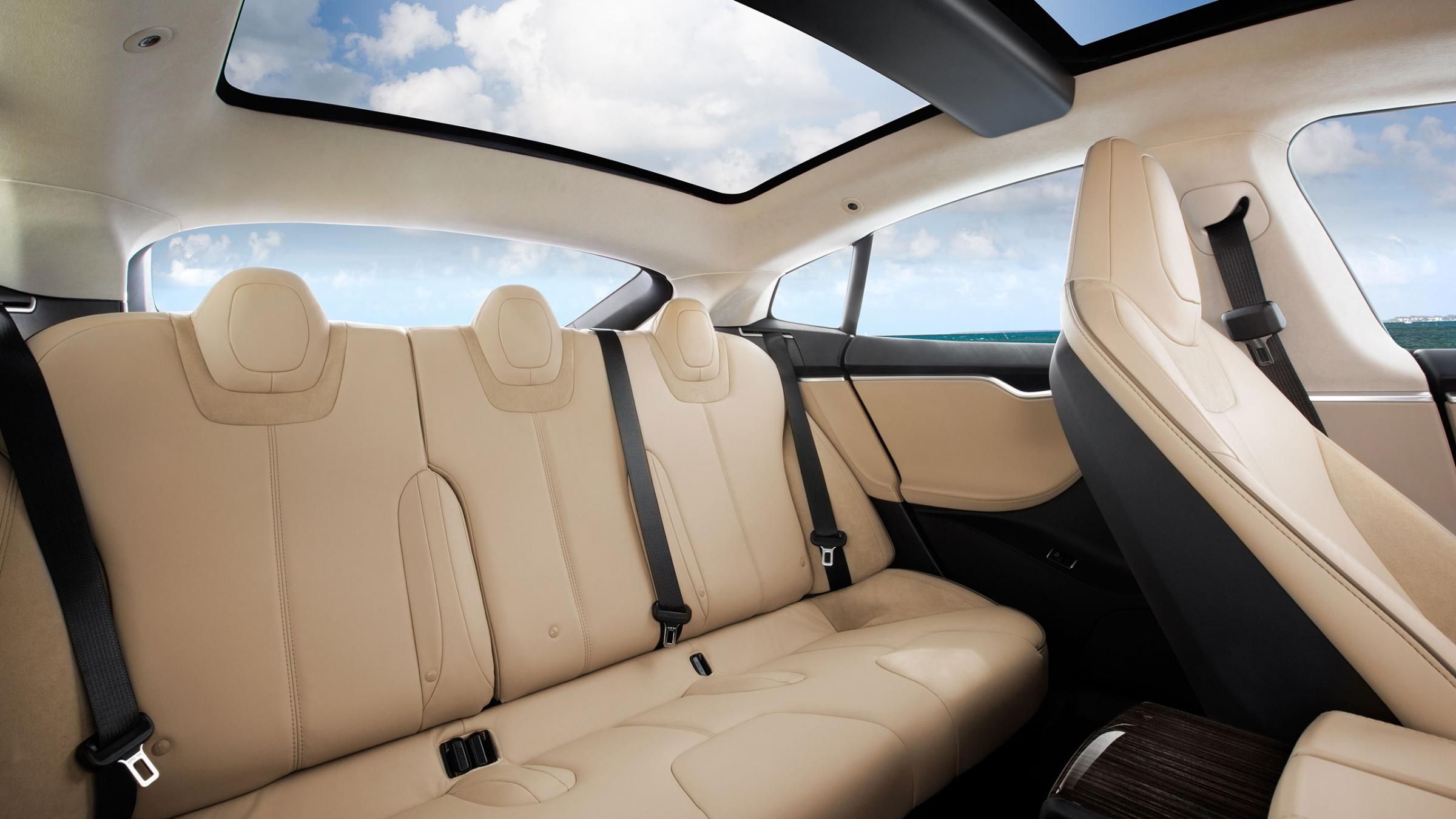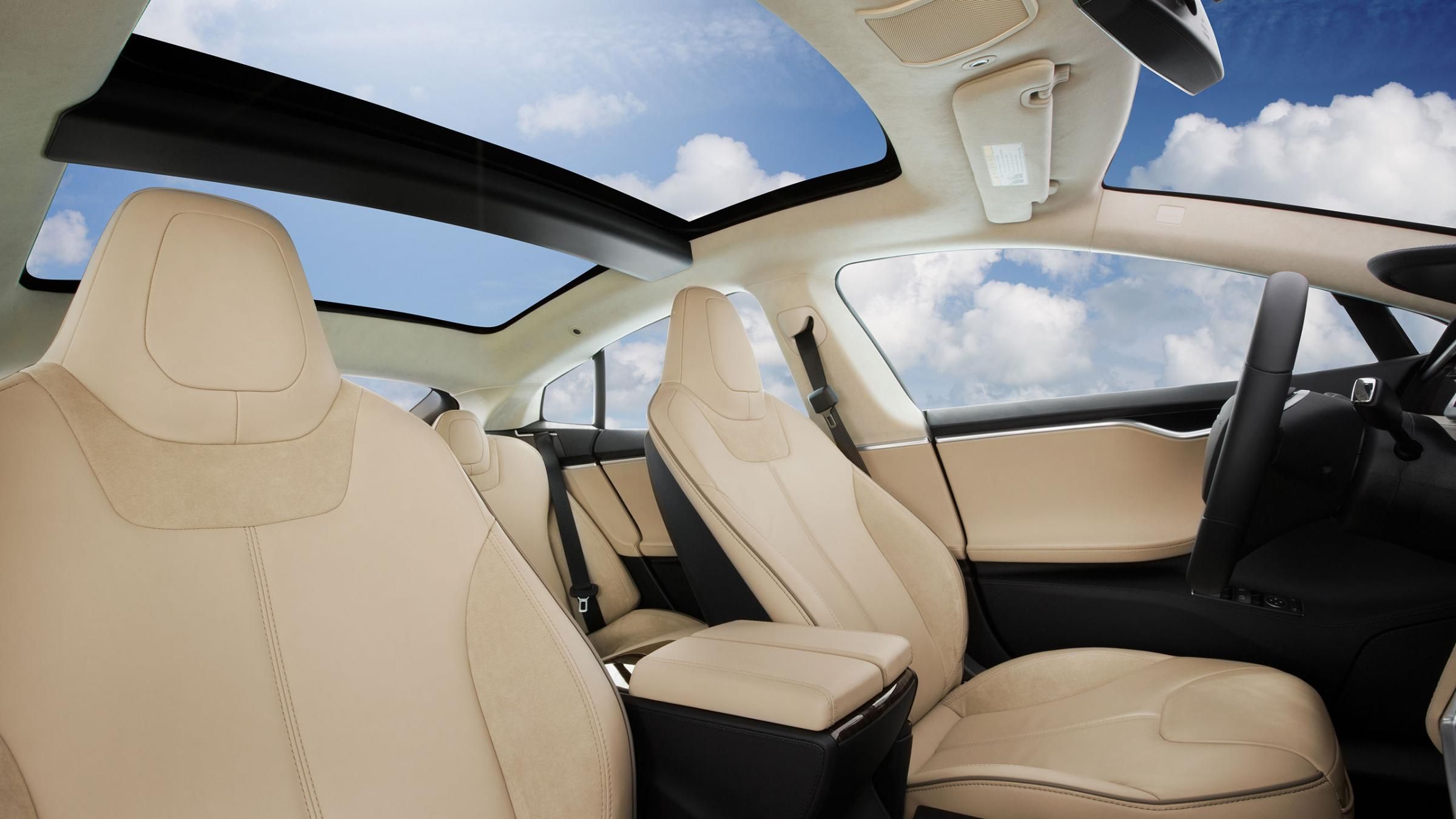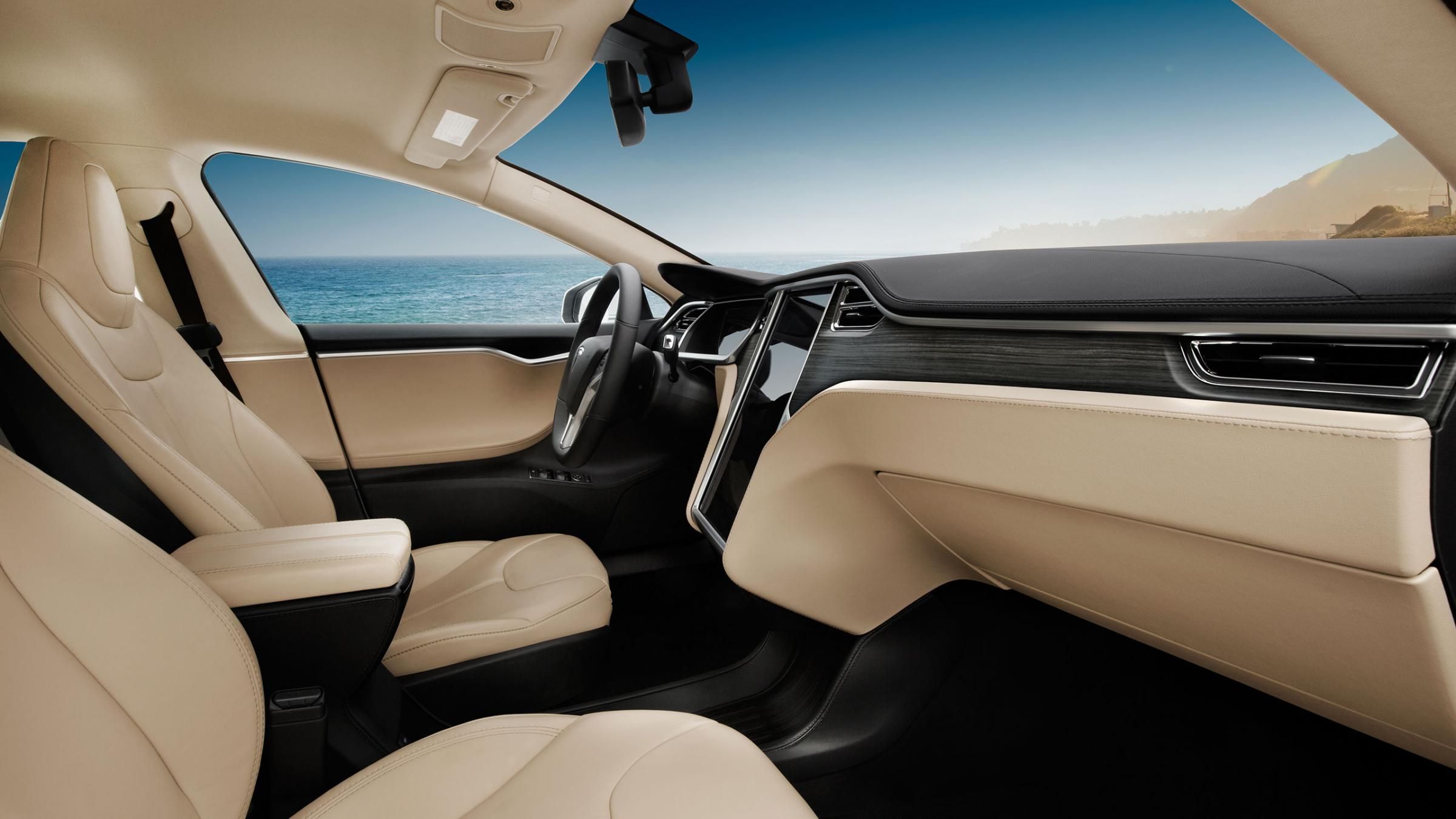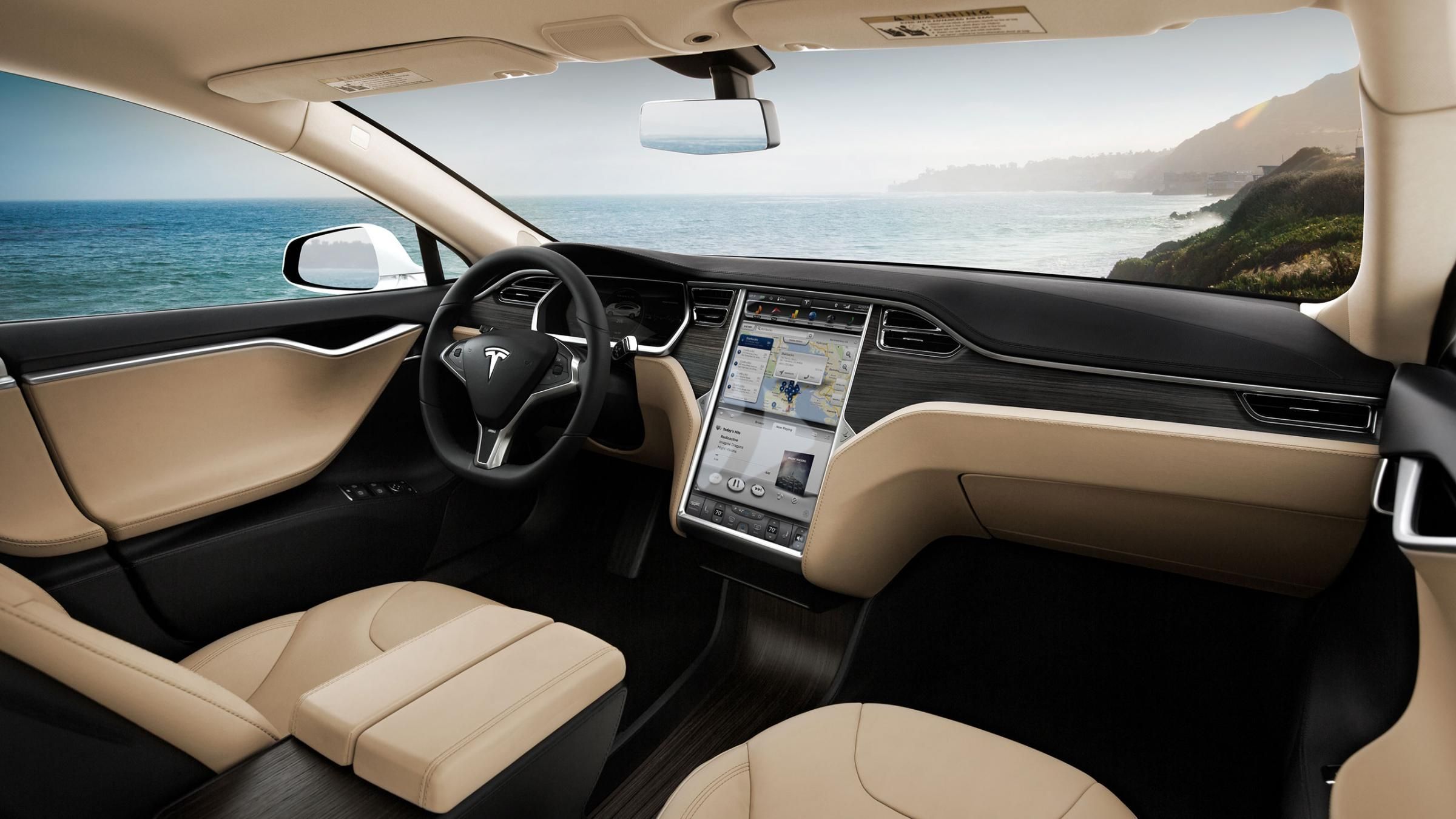The long-awaited Tesla Model S is finally itching and itching closer to production as the California-based electric car maker has released the latest batch of photos for their electric sedan.
Looking more or less the same as the concept version, the newly-designed Model S features a restyled front bumper and new rear lights that resemble that of the Jaguar XF. Despite the minimal changes, the "new-look" Model S figures to be as close to what the production version of this model is going to look like.
If and when this model does see the light of the production block, Tesla has announced that the first 1,000 models of the Model S will be given a unique special edition badging - the North American Model S Signature Series - which will come with some added aesthetic treatments, a bevy of optional upgrades, and a powertrain that features the model's top-of-the-line lithium-ion battery pack with a 300-mile range.
UPDATE 05/07/12: The first model of the Tesla Model S with a customized license plate of "TSLA S1" has finally been delivered to one of the member's of the company's board, Steve Jurvetson. Check out the video of the delivery after the jump!
UPDATE 09/17/12: Tesla gave Pikes Peak icon Nobuhiro "Monster" Tajima the keys to a Model S so he could give it the shakedown befitting a man that has raced the hill climb far longer than most of us have been alive. Needless to say, Tajima enjoyed it so much he wants one for himself! Check out the video by clicking on the photo above.
Details on the Tesla Model S after the jump.
2012 Tesla Model S
- Make: Array
- Model: 2012 Tesla Model S
- Engine/Motor: Lithium-Ion battery pack
- [do not use] Vehicle Model: Array
Exterior and Interior
Judging by the new set of photos of the more production-ready version of the Model S, the overall design of the car looks to be largely unchanged from the concept version. Having said that, there are still some noticeable changes made, including a remodeled lower facia with two air intakes on both sides of the slightly restyled front bumper, something that you wouldn't find in the concept version. The profile of the Model S Alpha also appears to be more aggressive than the concept, with a more angular compared to the streamlined appearance of the concept version and rear lights that were given a new lens design.
From there, though, it's a case of being more of the same for the Model S. The California-based automaker is promoting it as family sedan that can accommodate up to seven passengers. It also boasts of premium interior styling akin to a luxury car and an infotainment unit that features a 17" touchscreen with in-car 3G connectivity.
Performance
To give customers a variety of engine choices, Tesla is giving the Model S different options with the base configuration featuring a 160-mile lithium-ion battery pack (40kWh). This particular option will take the Model S from 0-60 mph in just 6.5 seconds with a top speed of 110 mph.
If 160 miles is too short for you, Tesla is also offering more powerful options, including a 230-mile lithium-ion battery pack (60kWh), which hits 0-60 mph in just 5.9 seconds with a top speed of 120 mph, and a 300-mile version (80kWh) that can go from 0-60 mph in just 5.6 seconds and hit a top speed of 126 mph.
The top-of-the-line model is the Model S Sport, which has been pegged as capable of hitting 0-60 mph in 4.5 seconds, considerably faster than the 300-mile, 80kWh Model S. The Model S Sport is carrying the 80kWh electric powertrain with the significant power boost coming courtesy of added enhancements.
Charging Time
As an electric car, the Model S' power can be derived from those lithium-ion batteries, and similar to just about everything that runs on batteries these days, they need to have ample time to recharge. According to Tesla, the Model S can be charged in any 110V, 220V, or 440V outlet with the latter taking only 45 minutes for a full charge.
Official EPA Ratings
The EPA ratings for the Tesla Model S are all based on the 85-kWh battery, not the smaller and less expensive batteries. The Model S came in at a respectable 88 MPGe in the city, 90 MPGe on the highway, and 89 MPGe combined. MPGe is basically how far an electric car will travel on the electric equivalent of the energy contained in a gallon of gasoline.
The EPA didn’t stop there, as it also had to put the Model S’s claimed 300-mile range to the test. In this test, the Model S came up pretty short, as it could only hit 265 miles on a single charge, which is a pretty significant 11 percent drop.
Pricing
The basic version of the Tesla Model S is being offered with a choice of three battery options: 40 kWh, 60 kWh, and 85 kWh. The prices range from $57,400, $67,400 and $77,400, respectively. When factoring in the $7,500 federal tax credit, the prices drop to $49,900, $59,900 and $69,900, respectively.
Moving up into the higher-echelon version - the Performance model - with the larger capacity 85kWh will cost you $87,400 or $79,900 after deducting the $7,500 federal tac credit.
The Performance model is offered exclusively with the larger capacity 85 kWh battery and is priced at $87,400 or $79,900 if you deduct the $7,500 federal tax credit. A Nappa leather interior with carbon décor and Aclantara accents along with an Active Air Suspension and 21-inch alloy wheels come as standard on the Perfomance trim.
|
Model |
Price |
|
Tesla Model S 40 kWh |
$49,900 |
|
Tesla Model S 60 kWh |
$59,900 |
|
Tesla Model S 85 kWh |
$69,900 |
|
Tesla Model S Performance |
$79,900 |
|
Options |
Price |
|
Metallic paint |
$750 |
|
Tesla Multi-coat |
$1,500 |
|
All Glass Panoramic roof |
$1,500 |
|
19" Aerodynamic wheels |
$1,500 |
|
21" High performance tires |
$3,500 |
|
Nappa Leather |
$1,500 |
|
Tech Package |
$3,750 |
|
Sound Studio Package |
$950 |
|
Active Air Suspension |
$1,500 |
|
Parcel Shelf |
$250 |
|
Twin Chargers |
$1,500 |
|
High Power Wall Connector |
$1,200 |
Competition
In looking for suitable competition for the soon-to-be-released production version, the Model S could find itself battling for the hearts, minds, and pockets of environmentally-friendly customers with a car that is dealing with its own issues as of late: the Fisker Karma->ke3016.
Unlike the Tesla Model S Alpha, the Fisker Karma isn't a full-blown electric car, but is a plug-in hybrid that uses its own lithium-ion battery pack. This pack is capable of powering two 200+ hp electric motors for about 50 miles. When the time comes that the battery of the Karma hits the red, a GM-sourced 2.0-liter gas engine with 269 horsepower will be activated, giving the car enough time to generate electricity needed to bring power back to the Model S. Either way, the Karma's performance numbers aren't too far off from the Model S Alpha, including a 0-60 mph time of six seconds and a top speed of over 125 mph.
Tesla Model S Takes A Test Drive


